Anthony Horowitz:Hello, I'm Anthony Horowitz. Creative writing is all about imagination, inspiration and ideas. Ideas for stories, plots, characters, locations, situations, dialogue.
Anthony Horowitz:There's no limit to what you can write about and no reason why everyone can't try it. And there are no rules, that's one of the brilliant things about it.
Anthony Horowitz:But if you have been writing stories for years like I have, you do pick up some tips and develop a sense of what works for you. And that's always useful to share with others. So with that in mind, let's get some thoughts from a line-up of writers you've probably come across.
Anthony Horowitz:And we'll start with them talking about the ideas that can get the writing started.
Jamila Gavin:My ideas just come from anywhere and everywhere. I mean they drop into your lap unexpectedly. It might be an overheard remark, it might be a little situation that you observe happening in the street, or in public, or it might be an article that I'm reading in a newspaper. It can be a very tiny trigger.
Keith Gray:I wish I knew where I got my original ideas from. I wish I knew and then I could bottle it and not worry about it because I think for most writers, the biggest worry is, or I know it is for me definitely, my biggest worry is running out of ideas.
Jaqueline Wilson:I never get a whole, huge, long detailed idea for a book. But every now and then, there will be just some tiny image that will appeal to me and I think, "Mm, I like that."
David Almond:A lot of the time, your ideas sort of hunt you down. And you don't really invent your own ideas, the ideas come looking for you.
Anthony Horowitz:So you've got a good idea, but how do you start your story? And what's more important, the beginning, the middle, the end, the way you write a sentence, or everything? It's going to be everything isn't it.
Jaqueline Wilson:I think it's very important to have a good opening to a story. I think I try harder on my openings than anything else within the story.
Keith Gray:It's hooking the reader, it's the old writers cliché of dead body on page one. You've got to pull the reader straight in there, and if you can do it with the opening line fantastic.
David Almond:I spend most of my time on the first third of a story. Getting the characters in place, getting the language right, getting the tone right, getting the point of view right. And I think what I'm looking for is that moment when the story takes on its own life.
Malorie Blackman:I start my characters-- In my books I tend to start them Just as they are approaching a moment of change. Something is going to change in their lives.
Malorie Blackman:Usually for the worse, because obviously you want to make a You have to make a story so something dramatic is about to happen, something that's going to change their lives. And then usually in the middle of the story, things will get worse before they get better.
Jamila Gavin:I think stories need resolution, especially stories for children, and that is not to say that we're talking about happy endings.
Keith Gray:I don't think all ends have to be tied up neatly. I don't think everything has to be resolved. But I don't like cheat endings at all, I want to feel rewarded by reading the book, with an uplifting feeling or with a different view on the world.
David Almond:The subject of a story should really dictate what the shape of the story is like. I mean a great story like Moby Dick takes the form of a quest, a great adventure across the seas. And the story itself feels like a journey across the seas.
David Almond:There are moments when the whole story becomes very flat, marooned and then it goes on again and chases the whale.
Jaqueline Wilson:I have to have an opening which leads you straight into the story, and you want to know what's happening, what's going on, who your character is.
Malorie Blackman:If you're writing a really tense scene, or something that's kind of action packed, short sharp sentences tend to work better because it kind of builds up the tension rather than long flowing sentences which kind of tend to slow the action down.
Keith Gray:If you're going to describe the inside of a room for example, then have something happening in that room which will convey the description. So for example if you If you just have a list of what's in that room, a clock, a mantlepiece,a chair, it's very dull.
Keith Gray:But if you have somebody sneaking around the room and they're poking in drawers and they're flipping through books on the shelves and they're fiddling with the ornaments on the mantlepiece. You're getting a description of the room as well as having action happening at the same time.
David Almond:I carry a notebook around like an artist's sketchbook. Something that interests me that I hear, I'll just scribble it down. It could be the simplest thing you know, what a dog looks like as it crosses the street.
David Almond:The kind of the dent in the red paint of a bus might seem important to me, so you write, "Oh, the dent in the red paint of a bus", and then you think, "Oh, how tedious", but actually, you know, it can be that that can generate a story.
Jamila Gavin:If you've got a chunk of wood and you start shaving it, and moulding it, and shaving it, and moulding it, until you've got exactly the shape you're looking for, then you're getting the balance of words, phrases, sentences. Play around with it.
Malorie Blackman:It just depends on the type of book and what you're trying to convey, and what sort of feel you're trying to give to the book. But I think starting with dialogue is a very immediate way of getting straight into the story and hearing your characters.
Jaqueline Wilson:I remember when I was about ten, I got one of those how to write manuals out of the library, which I read very solemnly. And I remember they had a particular passage in it, where it said, "Show, don't tell", and I do think this is very good advice.
Jamila Gavin:I suppose the one tip I've got, is reading aloud. I do read aloud what I've written, because I like to hear the sound of my words and to hear whether I'm getting the action and the rhythm, and the pace right.
Malorie Blackman:There's only 26 letters in the alphabet, but from those 26 letters we can make so many words from it, and from those words we can convey so many meanings and I just think that's just so amazing.
David Almond:I love working with sentences. I love taking my paragraphs apart and then putting them back together again. Sometimes I'll write a paragraph that's only got two words in it, because it looks nice, and because I just want to do that Sometimes I'll run a paragraph for a whole page, just for variation.
Jamila Gavin:We all know about, you know, artistic production being 90% perspiration and 10% inspiration, but that 10% inspiration for me is absolutely vital, because without it I can't do the 90% perspiration.
Video summary
Anthony Horowitz introduces a line-up of top writers of children’s and young adult fiction who offer a smorgasbord of approaches to writing.
Since there are no limits to what you can write about and no rules about how you might do it, this becomes a collection of ideas about what works for different people.
Jamila Gavin, Keith Gray, Jacqueline Wilson, David Almond and Malorie Blackman share their writing secrets, giving consideration to where they find their inspiration, what their writing triggers are, and how they get writing started.
They explore ways of creating strong openings to hook the reader, and also reflect on approaches to action, description and dialogue, the importance of story structure and successful narrative resolution.
Teacher Notes
Students could look at some story openings by the featured writers to see all the different ways of hooking the reader at the start, before writing their own story opening.
Students could gather together examples of some of the ideas for inspiring writing, such as overheard remarks, observed situations and newspaper articles to make a bank of ideas for story writing.
This clip will be relevant for teaching English Language at KS3 and KS4 in England, Wales and Northern Ireland and National 4 and 5 in Scotland.
Comedy and tragedy in Great Expectations. video
Tony Jordan investigates Charles Dickens’ life during the writing of Great Expectations.
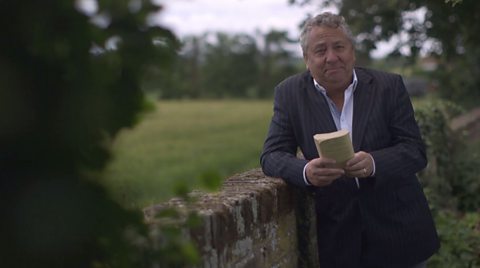
Music in performance poetry. video
Anthony Horowitz introduces the work of Kae Tempest to consider the musical quality of poetry.
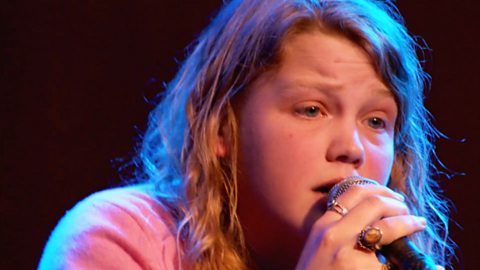
What is the power of poetry? video
Griff Rhys Jones on why poetry is powerful and how it differs from other forms of writing.

What inspires a writer? video
Anthony Horowitz discusses writing the Sherlock Holmes novels and shares his top tips for writing.
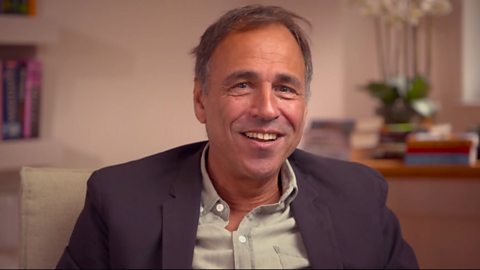
Comic strips and graphic novels. video
David Almond and Eoin Colfer explore flexibility of form in contemporary narrative writing.
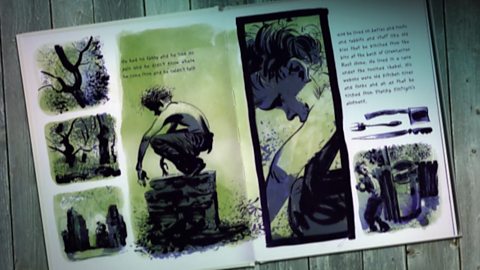
What makes travel writing engaging? video
Kate Humble offers detailed practical advice for ways to make travel writing engaging.
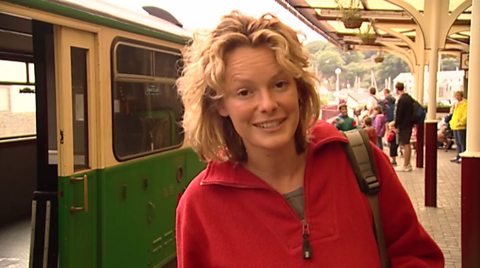
How did Arthur Conan Doyle create the character of Sherlock Holmes? video
Andrew Marr investigates the real-life inspiration for the character of Sherlock Holmes.
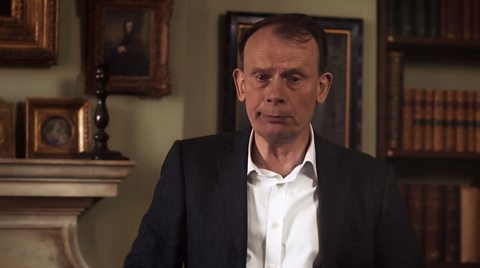
Ã˝
Ã˝